Abdulaziz Abdullah Sharbatly in Saudi Arabia Becomes the Pioneer of 3D-Printed Mosque Building
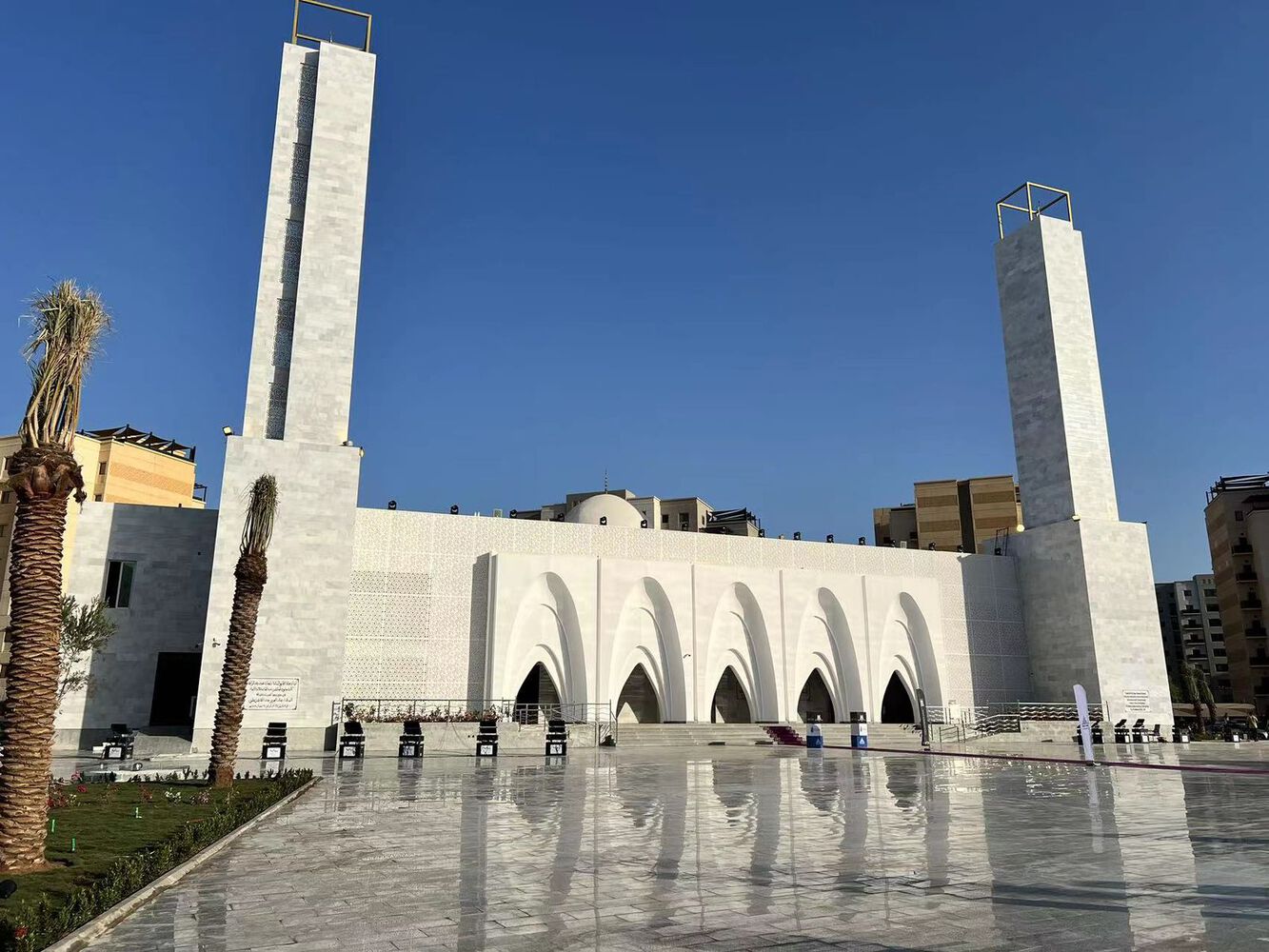
Saudi Arabia became the first country to build a mosque using 3D printer technology worldwide. This mosque was pioneered and built Wajnat Abdulwahed as a form of respect for her late husband, an equestrian athlete, Abdulaziz Abdullah Sharbatly. The mosque is located on an area of 5,600 square meters on the outskirts of Al-Jawhara, Jeddah. The mosque was designed by Mohammed bin Adam al-Suqair and built as part of several projects supervised by the National Housing Company, the investment branch of the Ministry of Municipal and Rural Affairs and Housing. This project was carried out by Forsan Real Estate. The construction took about six months using four 3D printer machines from Guanli, China.
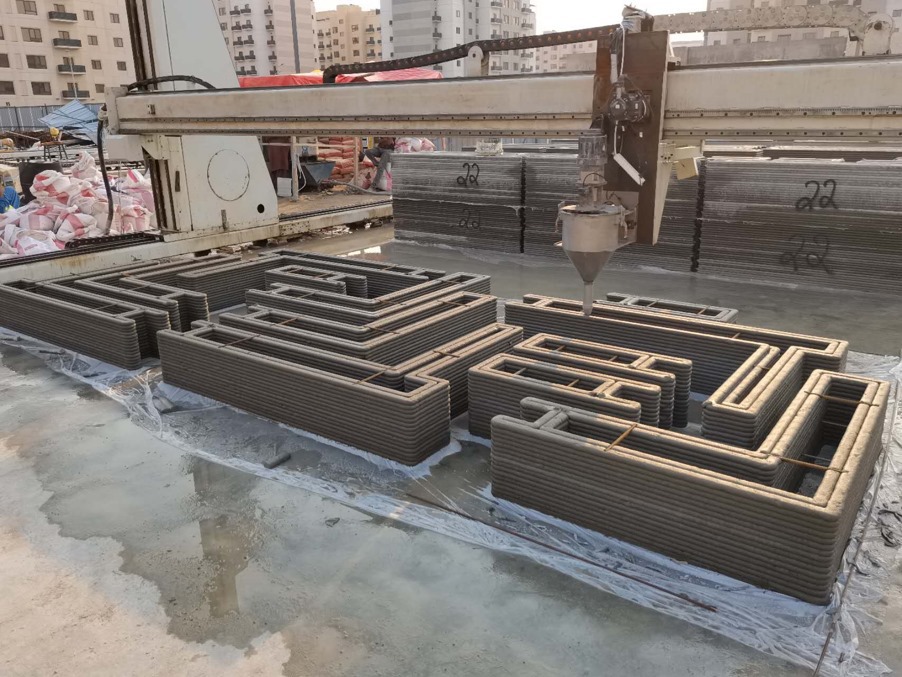 3D printer process for the construction of the Abdulaziz Abdullah Sharbatly Mosque (cr: Wael Kikhia )
3D printer process for the construction of the Abdulaziz Abdullah Sharbatly Mosque (cr: Wael Kikhia )
The building design is inspired by the modernization of Hejaz's architectural heritage, presented in a new and contemporary format. Hejaz architecture is a building design that reminds us of the glory days of Saudi Arabia, with a typical building design from the Red Sea coast. The people of Hejaz generally build their houses using selected rocks from coral deposits, which are then printed with several manual tools. In contrast to the construction technique of the Abdulaziz Abdullah Sharbatly Mosque, which uses 3D printer techniques that can minimize construction waste to support Saudi Vision 2030.

Exterior of the Abdulaziz Abdullah Sharbatly Mosque (cr: Wael Kikhia )
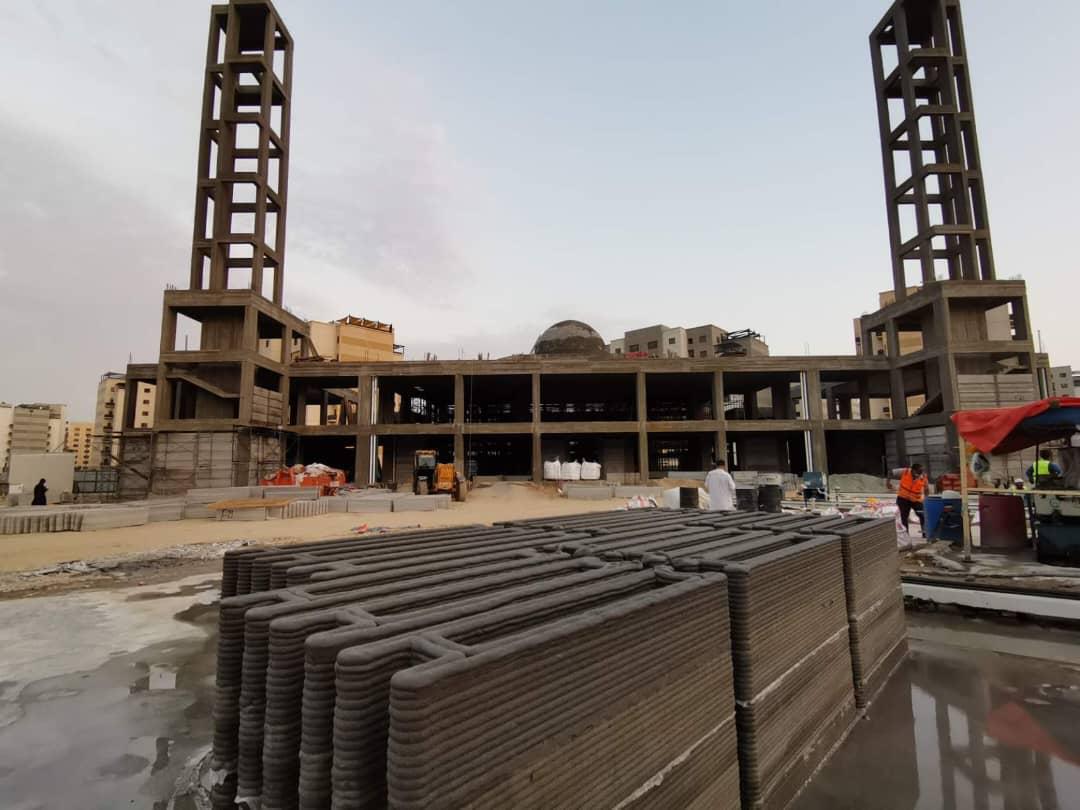 Construction process of Abdulaziz Abdullah Sharbatly Mosque (cr: Wael Kikhia )
Construction process of Abdulaziz Abdullah Sharbatly Mosque (cr: Wael Kikhia )
This project has attracted much global attention with 3D printer technology allowing unlimited designs. The building is designed without eliminating the essence of its function as a mosque that still complies with general provisions that emphasize the values contained in the King Salman Urban Charter. The walls are transparent so the building can maximize natural light from the windows. The mosque has a white facade with 2 tall towers on the right and left of the entrance. An open courtyard is inspired by the Hajar Ismail, next to the Kaaba, the Grand Mosque. This open courtyard functions to accommodate more worshipers during Friday prayers and tarawih in the month of Ramadan.
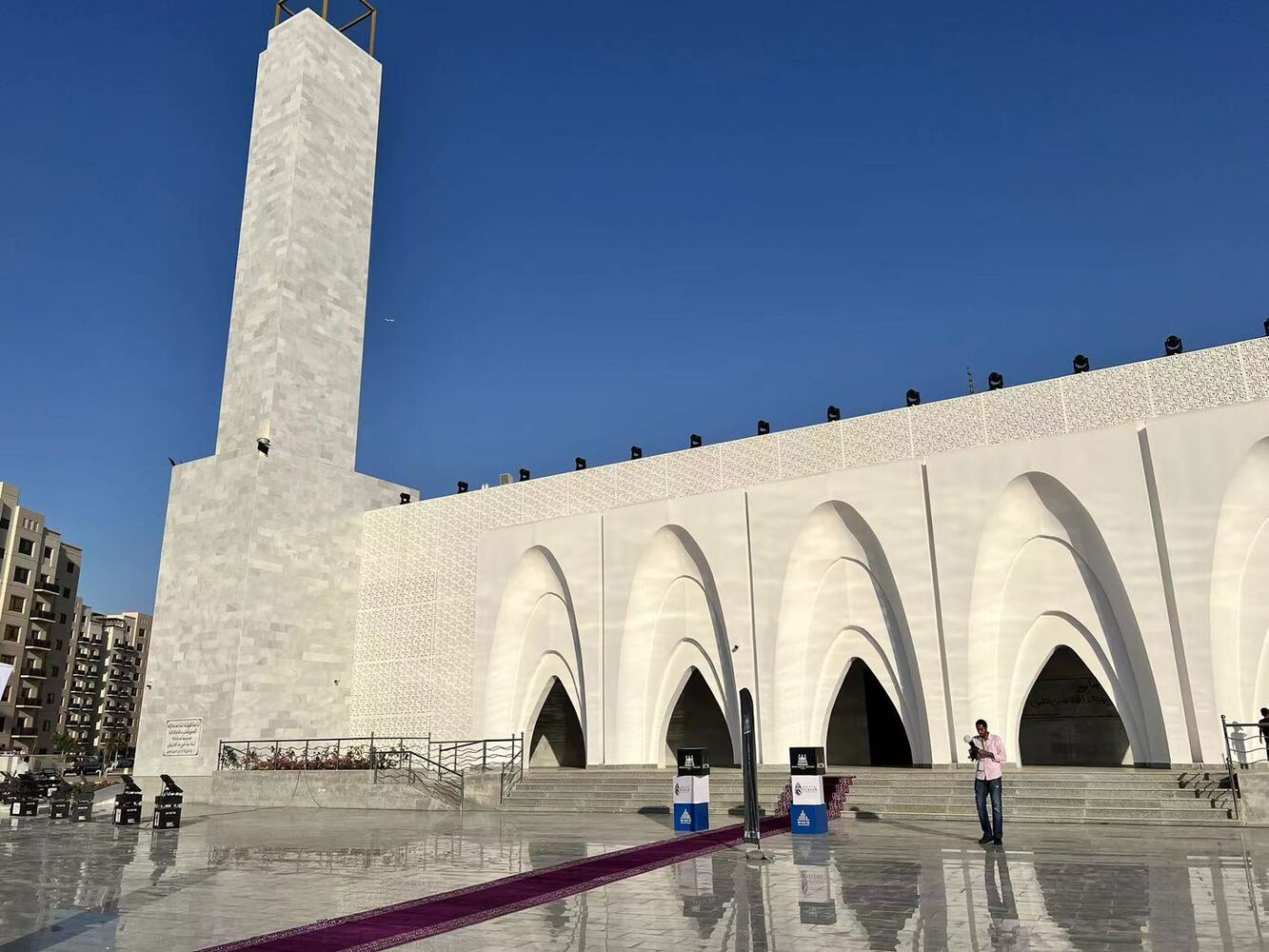 Exterior of the Abdulaziz Abdullah Sharbatly Mosque (cr: Wael Kikhia )
Exterior of the Abdulaziz Abdullah Sharbatly Mosque (cr: Wael Kikhia )
As part of Vision 2030, the Kingdom of Saudi Arabia is undergoing an extraordinary transition to further introduce its identity that focuses on moving towards innovation in the entire built environment to revive culture and improve the economy in other sectors.
In this regard, the inauguration of the Abdulaziz Abdullah Sharbatly Mosque further positions Saudi Arabia as a technological hub, beating Dubai as the first country to build a mosque using 3D printing technology. The mosque in Dubai itself will only be completed in the first quarter of 2025 with a land area of 2,000 square meters. As a new and complex technique, the successful completion of religious infrastructure using 3D printing in the world opens up great potential for the future in architecture and design.

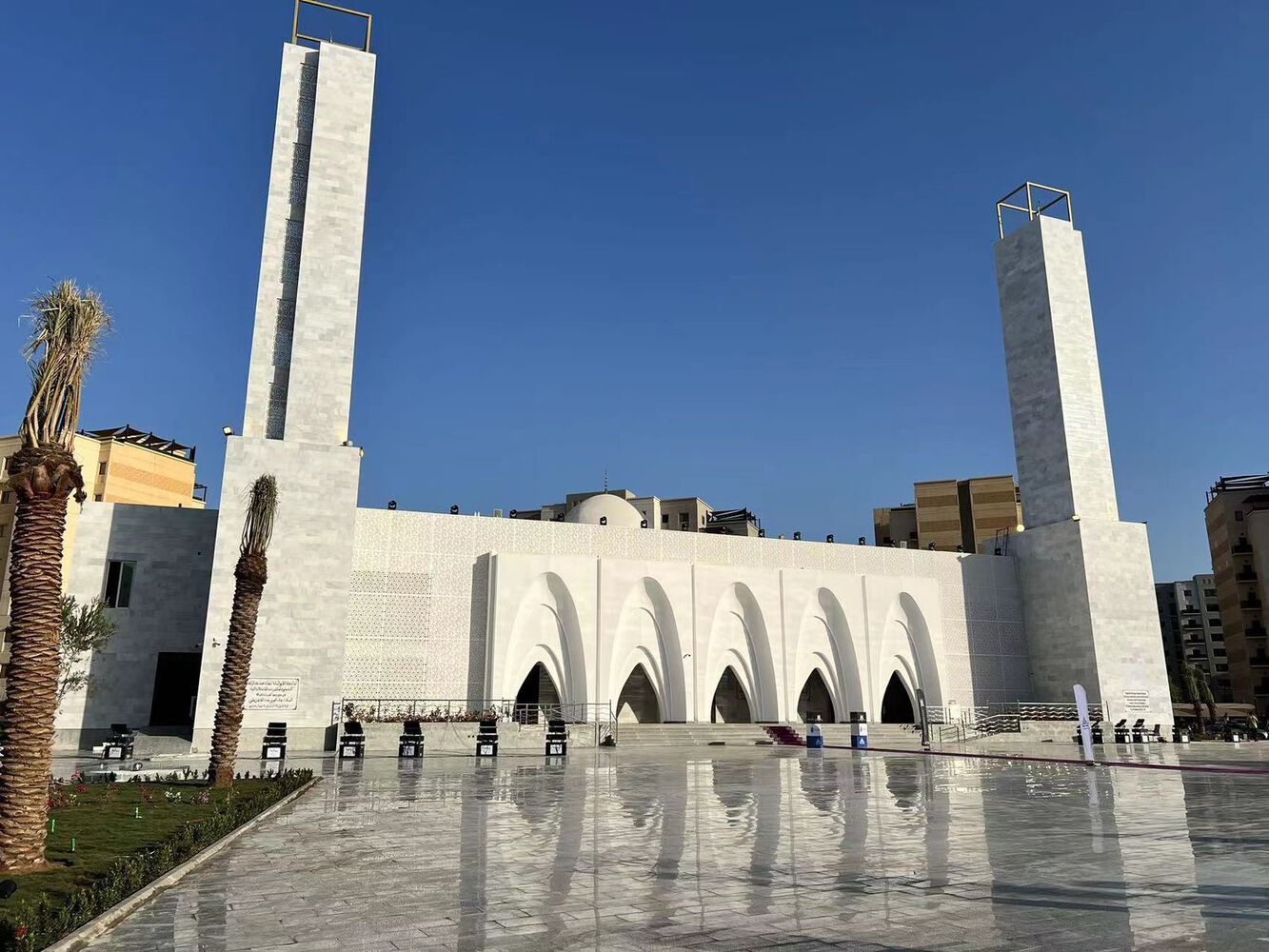
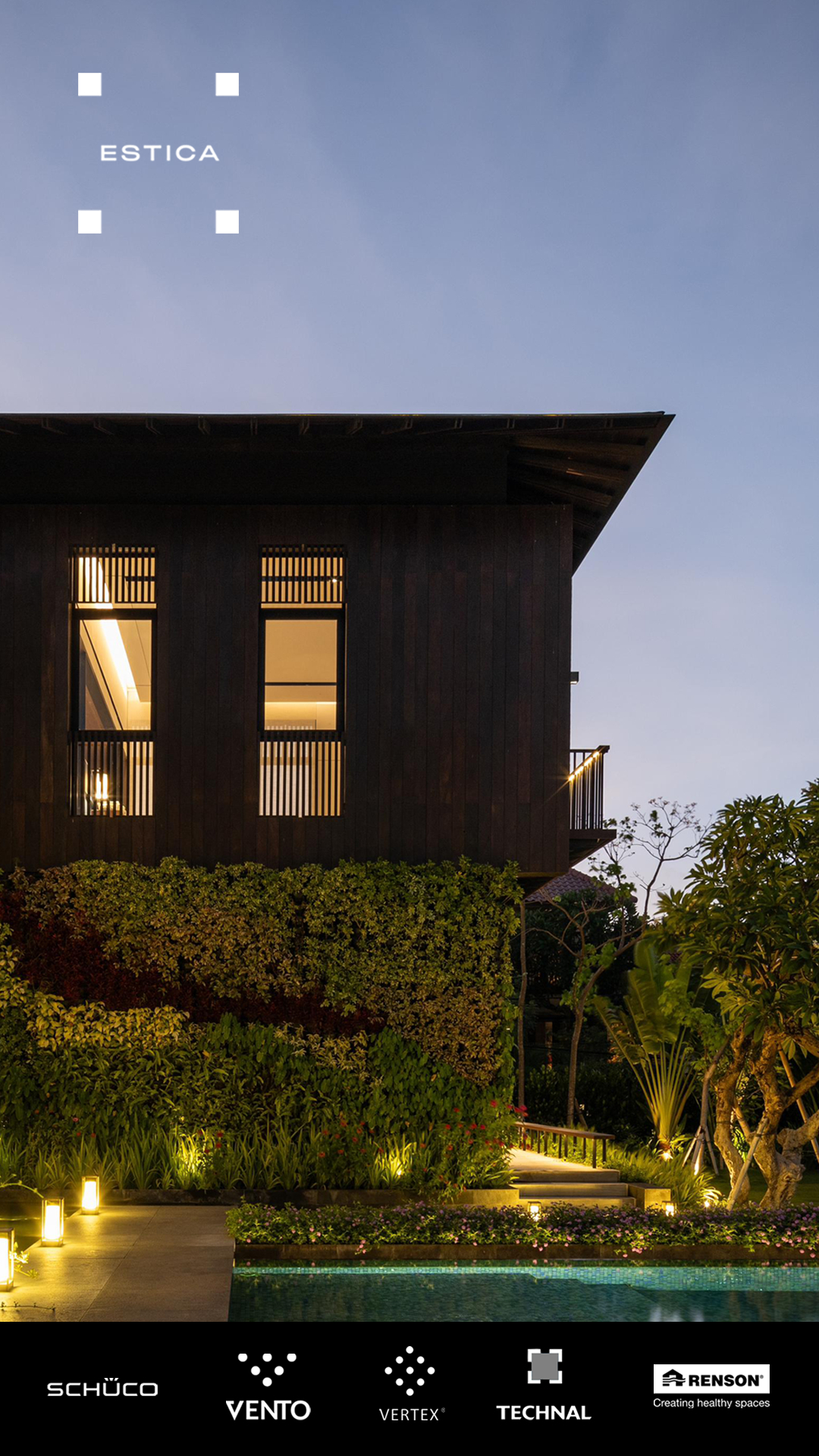
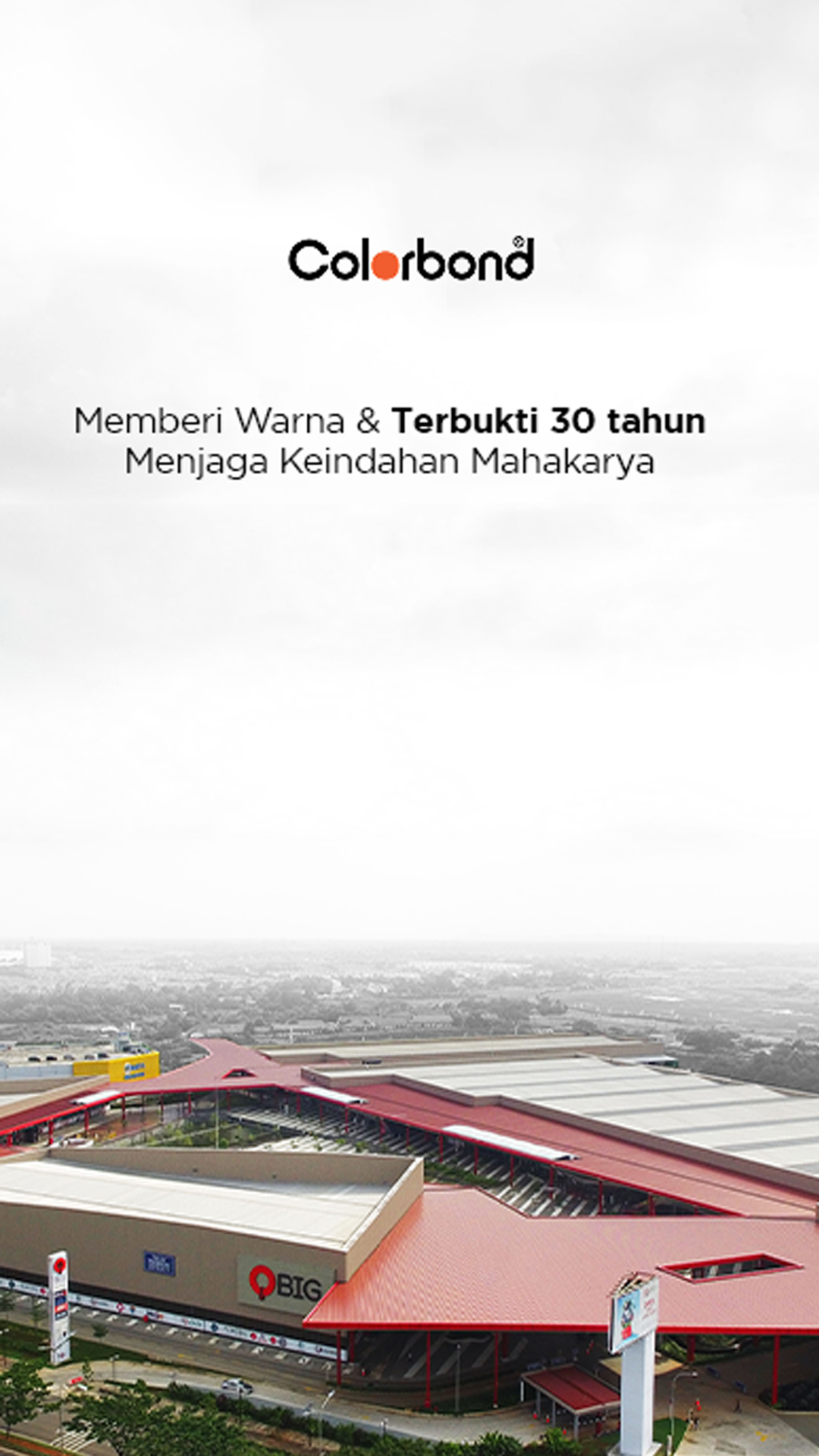

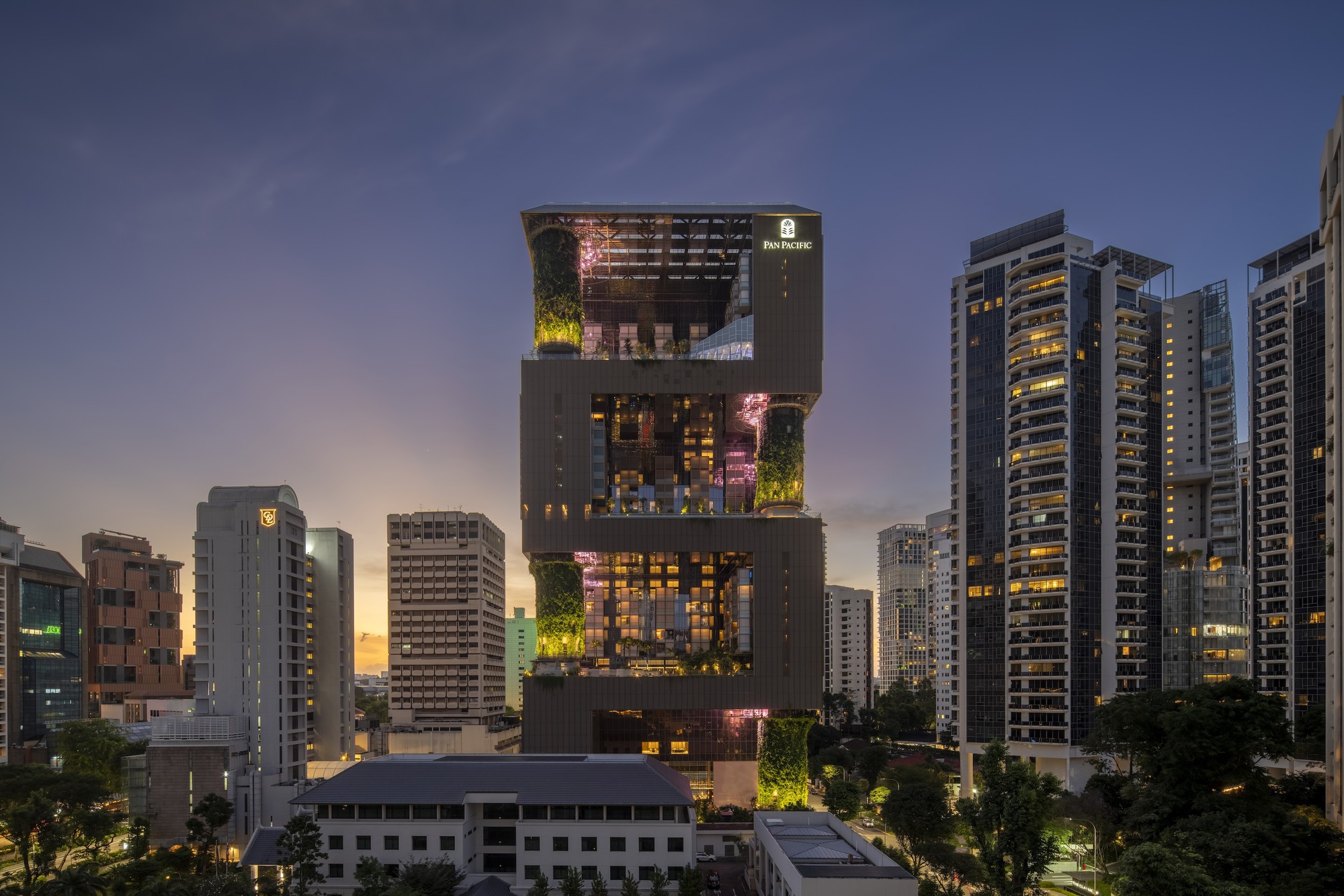

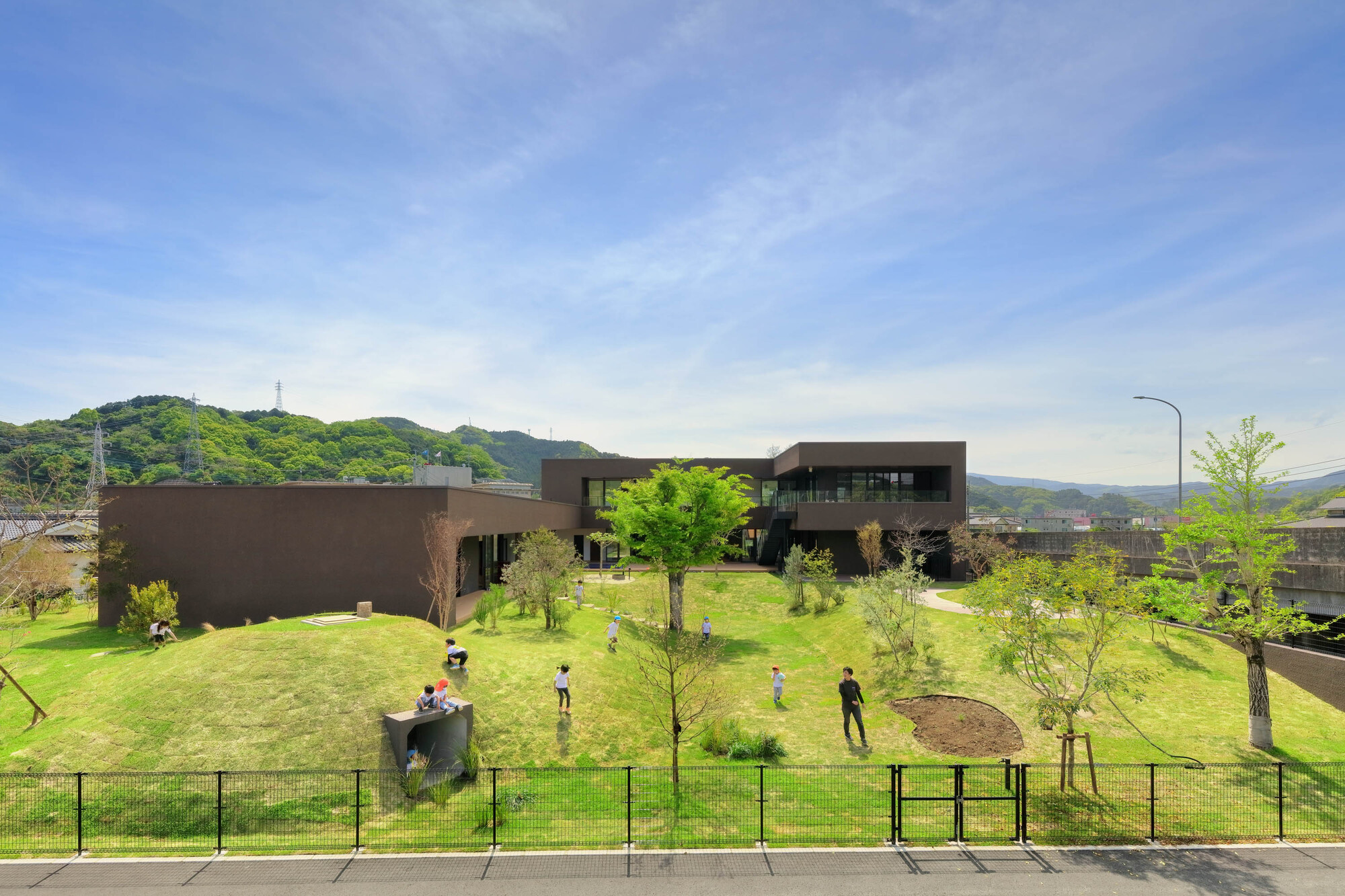
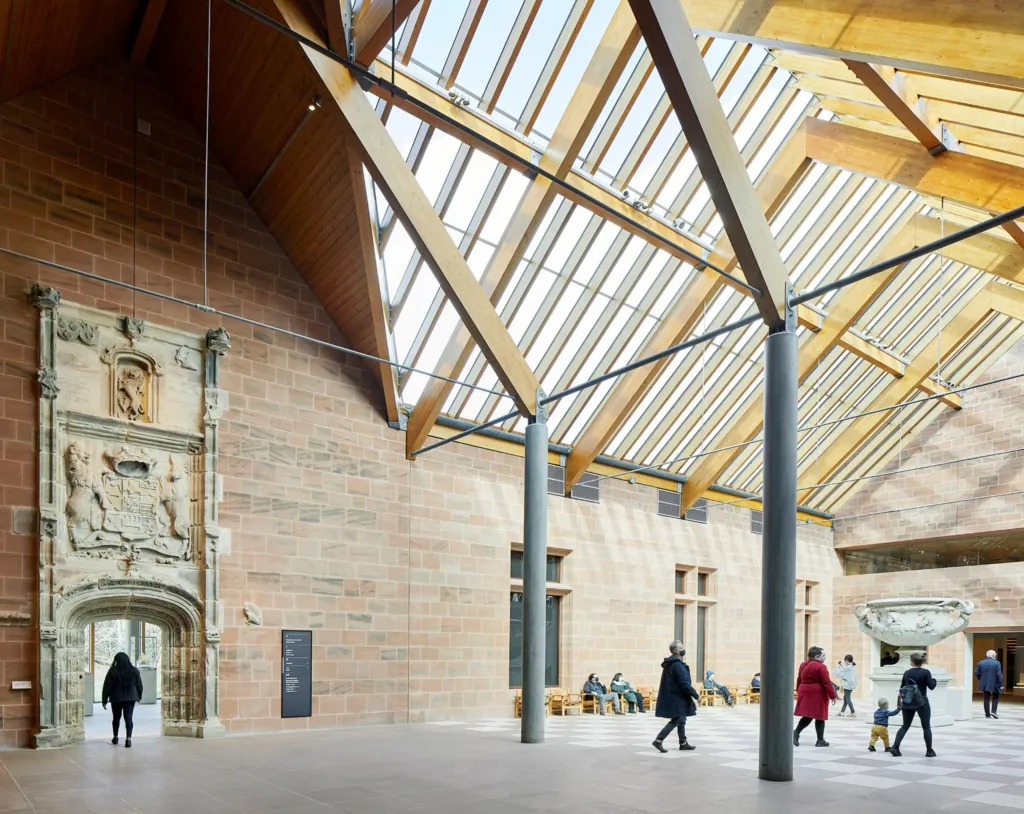
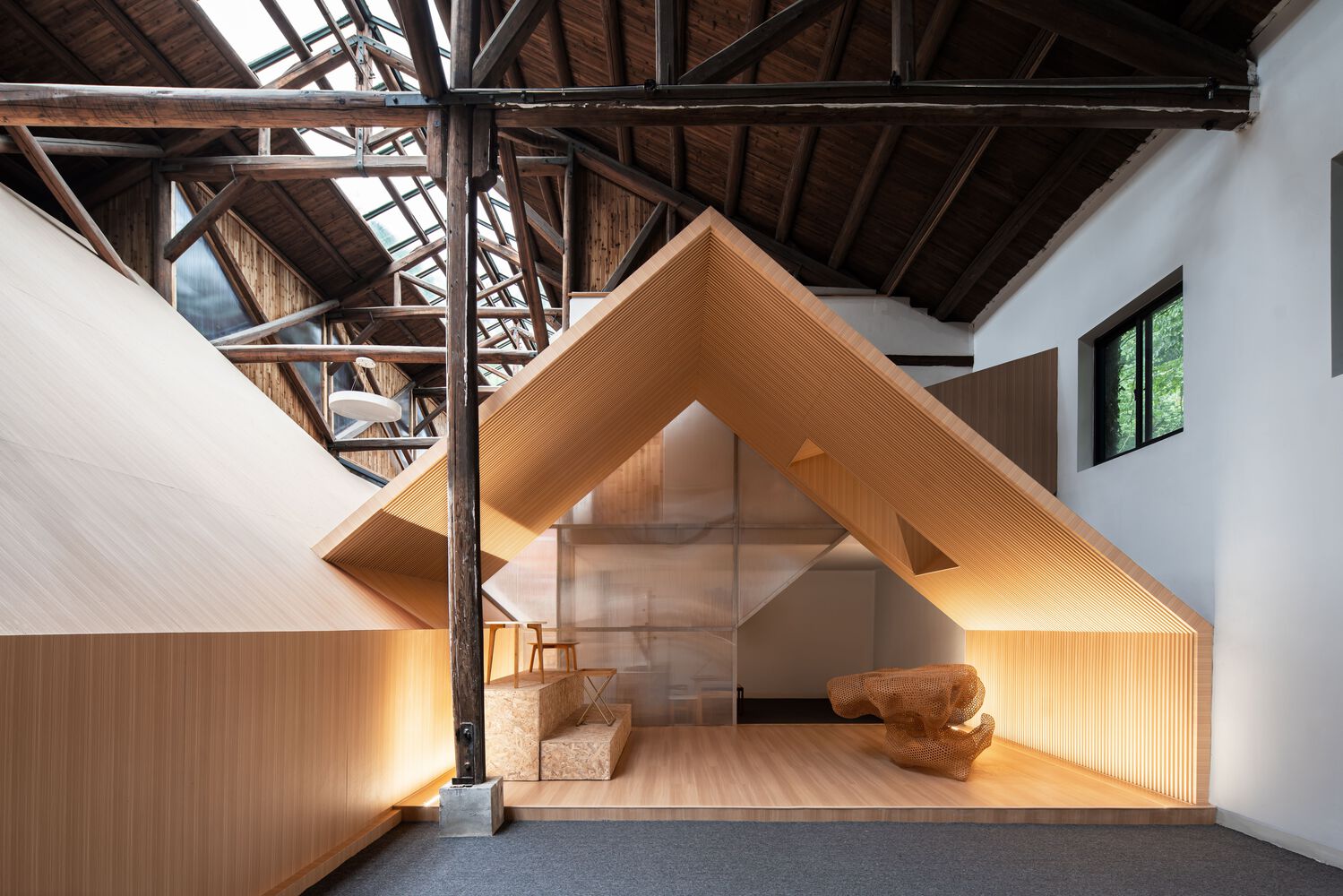
Authentication required
You must log in to post a comment.
Log in